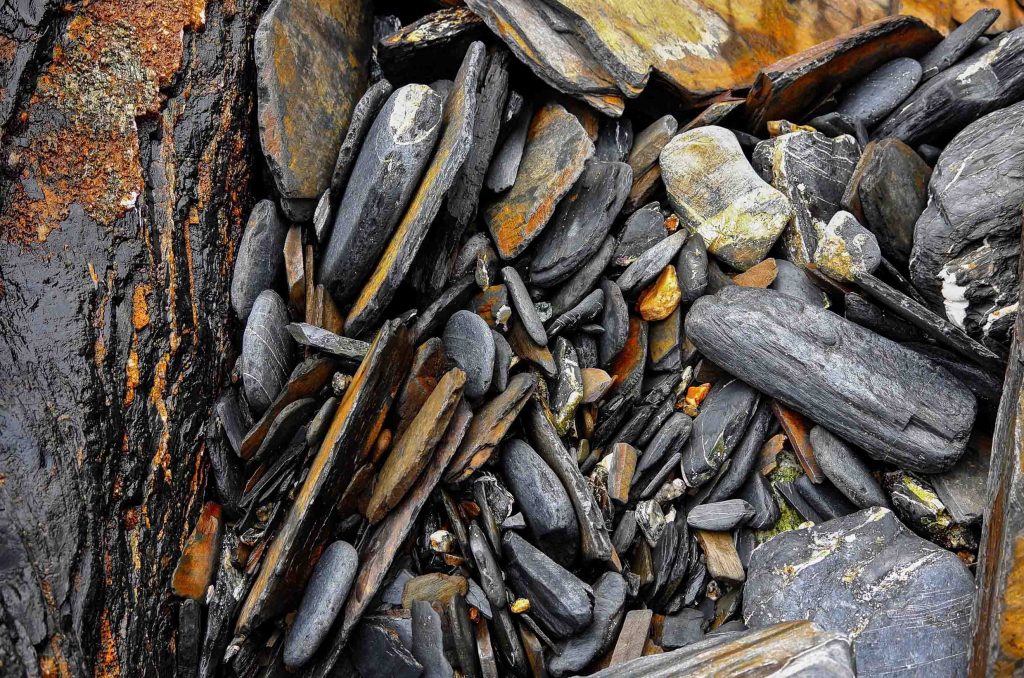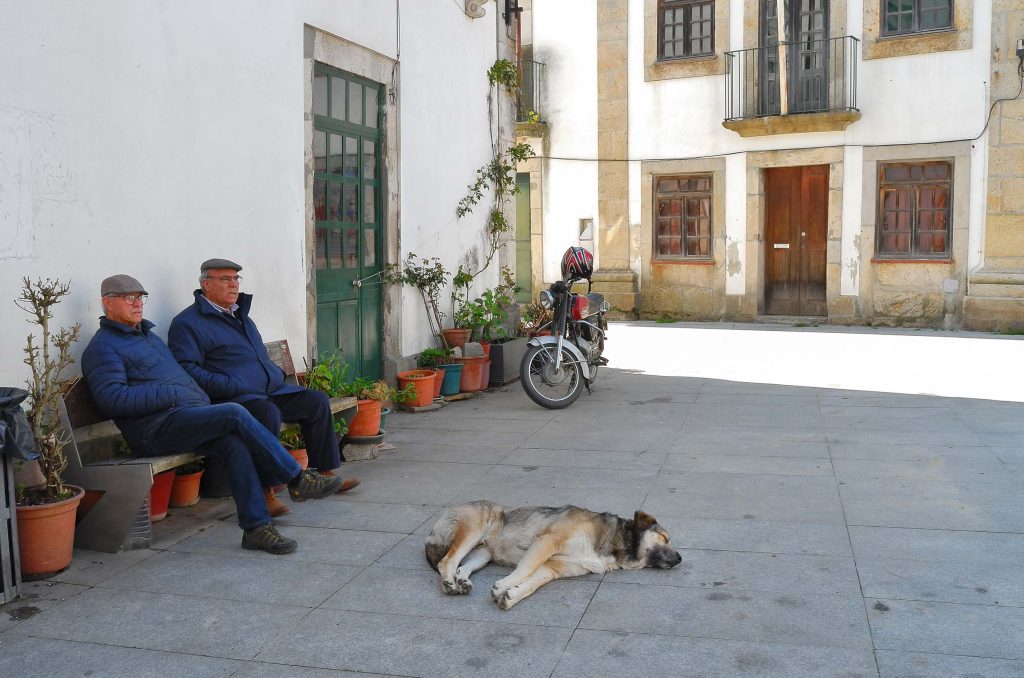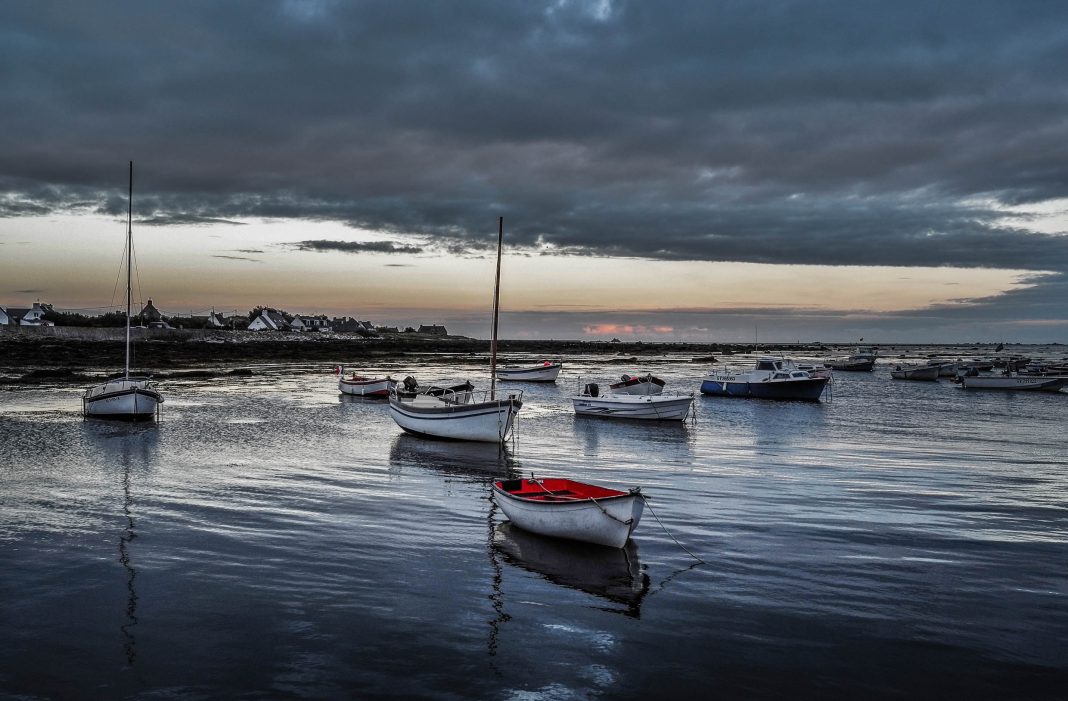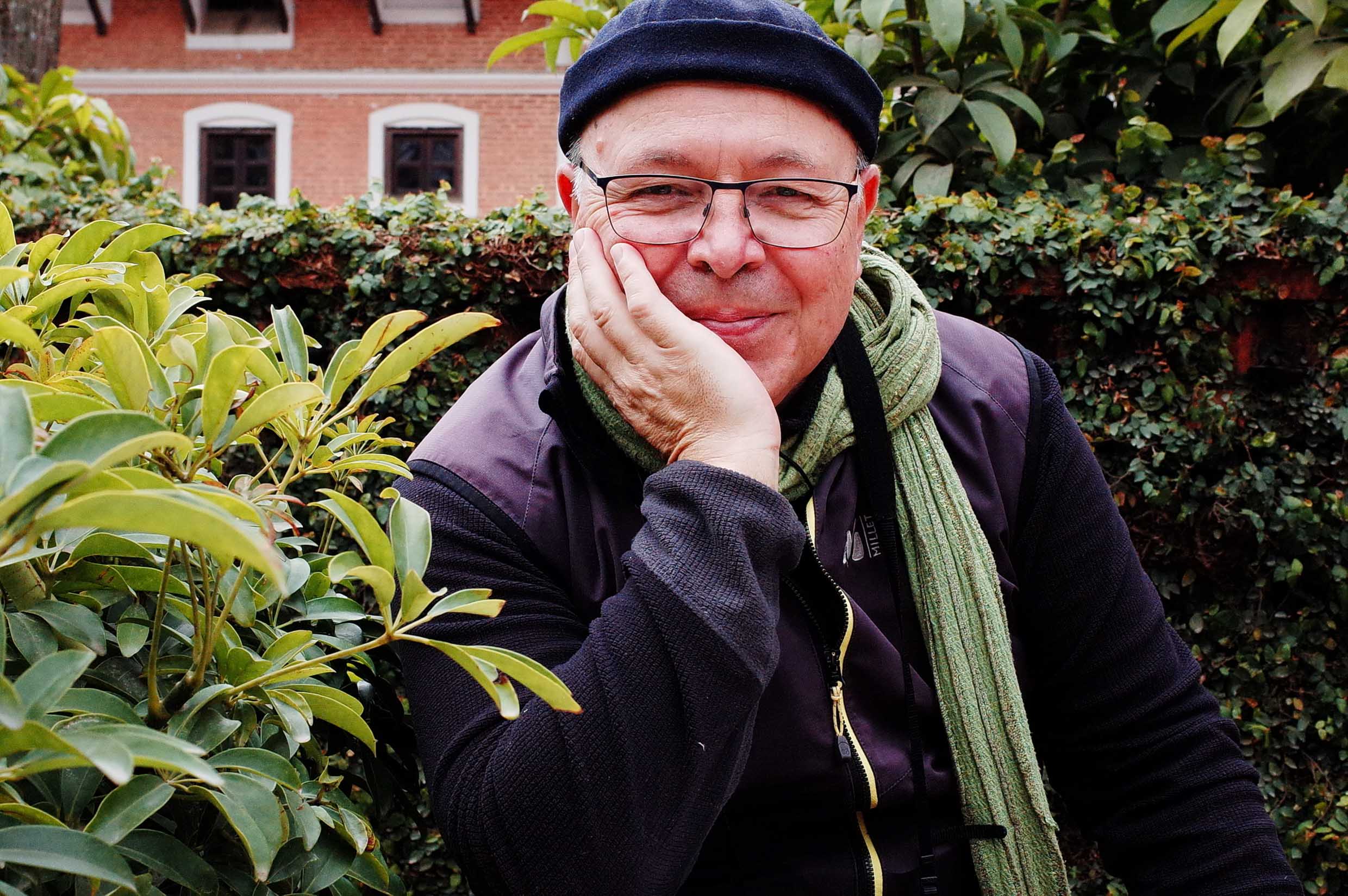In 1962, John Shingleton discovered Leica and knew he wanted one. At that time, I was just a four-year-old boy who did not even know Leica existed. For my tenth birthday, I received my first camera, a plasticky Halina D-Lux with 110 film cartridge that acted as my first visual notebook.
It was a basic point and shoot, but I found joy using it. When I turned 18, with the money I had earned at weekends and summer jobs, I bought my first serious camera, a Minolta SRT 100X with a 45mm pancake lens. I was helped with the basics of photography by an old man, Pierre Tauvy, who fought WW2 in the French resistance. His hobby was stereoscopic images. He taught me about exposing, framing and classifying my images.
A Leica as a first reward
I bought my first Leica, a second-hand CL with the 40mm C-Summicron and the 90mm Elmar lenses with one of my first teaching wages back in 1985. I then traded the body for the Minolta CLE which had the aperture priority mode and easier film loading. Likewise, I used the combo for years with the 40mm most of the time. I eventually traded the CLE and Leica lenses when Contax released the T2 and G1 which I used for years.
A return to Leica
I came back to Leica with the R9, followed by the M8. I’ve also owned quite a few Summicrons and Elmarits, both in the R and M systems.
Finally, after reading John Shingleton’s articles and seeing his images with the X1, I knew the X camera was what I needed. I bought a used X2 at my Leica dealer, and it was love at first sight. It worked flawlessly for six years, then one day the lens simply stopped functioning.
The lens has been recently changed by David Slater, and the camera now all works as good as new.
I added an X-Vario which was the first zoom lens I had bonded with. I just loved going out with one of these cameras. But does that explain what Leica means to me?
Notebooks for capturing light
My Leica cameras are light, superlative notebooks, with which I can record what I see, be it people or landscapes or just inanimate objects. They always capture perfectly what I saw and framed — colours, contrast, and form. In my opinion, no camera can match the quality of the combination of a Leica body and lens.
Intuitive haptics
Finally, I thoroughly enjoy the haptics of the cameras. Everything falls perfectly to hand. No need to dig through eight- or nine-page menus before using it… You just have to concentrate on aperture, speed, and focus. Editing the images it captures is a matter of seconds.
You don’t need to tweak the image for ages, whatever software you use. They truly act as notebooks for light. I also love going birdwatching with my Trinovid around my neck or viewing my slides with Leica glass.


There’s also the feeling of belonging to a community. Here in Le Havre, we have a bunch of Leica users. When we meet, we show our latest images to one another, appreciating one image or gently criticising another. It is always nice to discuss our hobby and the joy of using a Leica.
Leica conversations start here:
Wherever I go, either Leica users, or I, will often strike up conversations when we spot someone else with a Leica. I visited the Leica store in Oporto last month looking for a used viewfinder to fit the X2.
After visiting the gallery, showing the manager some of my Leica images and discussing with him, he kindly offered me the book about the restoration and transformation of the building, although I did not buy anything. He added when I left, “you are part of the family”.
As an aside, I love reading the LFI magazine, and I’ve subscribed since 2008. I also own Leica binoculars and magnifying glass to view and classify my slides. You can view my images from my various “notebooks for light” in the LFI gallery, incidentally.

My wife was a primary school teacher, and she often had her pupils write acrostic poems, so I’ll try one with Leica:
Light as a feather, I can carry my X2 or the X-Vario all day long
Extraordinary are the images these cameras produce
Inconspicuous when street shooting with the EVF tilted vertically “à la Rolleiflex”
Classic, using them and navigating in the menu is child’s play
Amazing in the hands as everything is in the right place
My Leica truly is a visual notebook.
Make a donation to help with our running costs
Did you know that Macfilos is run by five photography enthusiasts based in the UK, USA and Europe? We cover all the substantial costs of running the site, and we do not carry advertising because it spoils readers’ enjoyment. Just a small one-off or regular donation will be appreciated, and we will write to acknowledge all donations.














How would your rank the X2 vs the X1 vs the GR i/ii?
Sorry for being late to answer. The X2 is a tad faster than the X1. I’m using the GR but prefer the imaging of the GXR with the 28 or 50 mm and the old GRD IV & III. I’ve written quite a few articles on Ricohs on this site.
Bonjour Jean,
Je viens d’acheter un X2, que j’aurai demain, et de découvrir Macfilo et tes articles, tous intéressants. Peut-être l’a-tu posté quelque part, mais je n’ai pas vu comment comment tu arrives techniquement au rendu de tes images, que j’aime beaucoup. Sont-ce des JPG out of camera, ou des DNG que tu édites? Personnellemnt j’aimerais que la science des couleurs Leica donne le résultat que jattends en jpg, mais je verrai.
Bon, je vois que tout est en anglais sur Macfilo et j’espère que le français n’est pas un problème, autrement je pourrai m’y m’adapter, quoique avec moins de nuances
Merci – Francis
Bonsoir Francis, je shoote raw + jpegs. Je traite les deux mais les jpegs fins sont très bons si tu ne veux pas te prendre la tête. Par contre tu vas avoir besoin d’un viseur car l’écran arrière n’est pas franchement utilisable en plein soleil.
Le X2 un super appareil vraiment discret que tu peux avoir toujours sur toi et le petit elmarit est excellent.
Profite bien de ton X2, c’est un excellent choix
Thanks Jean for an interesting story and great images images.And thanks for the kind mentions of the part my X1 enthusiasm played in your Leica journey.
I’m typing this from a ship on the River Douro in Portugal. I’ve taken only a few photos with my new Q3 43 which seems to get heavier every day I travel and I’m really wishing that I’d bought along my well worn, but so much lighter, X1 instead.
One lives but one does not always learn.
John
And what about the 43mm lens? Are you finding it restrictive in relation to the 36mm of the X1 or the 28mm of the Q3?
Mike, yes I am struggling with it. The few photos I have taken are predominantly landscapes or buildings I am really missing the 28mm lens of the Q2.
John
I think it’s all very subjective. I have had an interesting comparison over the past month, with the Fujifilm GFX100RF joining the stable. While the Q3 43 is an excellent camera, with a brilliant lens, I do hanker after something wider in a fixed-lens camera. With the 28mm you can crop, but 43mm is sometime a bit restrictive. Anyway, after finishing my review of the RF I will go back to the ’43 for a couple of months and see if I can make some direct comparisons.
Thanks John for the kind comment. We had a cruise on the upper Douro valley last March. Hope you have great weather. I just brought the X2 to Portugal. It’s time you tried a Ricoh Gr. It has been my long distance travel camera for years. It’s no Leica but I have never been disappointed. It looks there’s a new model coming this year.
Enjoy your trip in Portugal
Jean, thanks.The weather has been great and the Douro is beautiful. I appreciate your recommendation of the little Ricoh but the last thing I need is another camera! In fact I have way too many cameras and are trying to sell some.Not I should add the X1.
John
I seem to remember I also recommended the GR when we went to Brooklands last year…
Jean
Thank you for posting such an interesting article with its evocative images. I am reminded of happy family holidays in Normandy and Brittany many years ago. By typing “lighthouses Northern France” into Google and also using Google Earth, I was able to identify where several of your photographs were taken. Phare de Goury (images 1 and 4) was straightforward but where was image 7 taken?
Chris
Thanks Chris for the kind comment. I’ll be back in Brittany next week for a fortnight. Image 7 was taken in Godrevy, Cornwall near St Ives in November. The seal colony nearby is quite a slight.
What a wonderful article, Jean, and superb images. Thanks for sharing both. Any Leica is in the best hands with you. I hope there are many more photographic opportunities to come, in our mutually beloved Scotland or wherever. Do keep us posted here on Macfilos!
Thanks Jörg Peter for your kind comment. I’ve seen a used X (typ 113) in your local Leica store but haven’t bought it yet. There will be more articles to come on Macfilos but my wife and I have been pretty busy with grand chhildren. I just need to sit down and switch on my computer and leaf through my photo files.
An American term: “blown away” occurs to me. Seeing your images, I’ve finally understood the ‘why’ of the Leica X-series cameras. What you’ve shown here is simply amazing. I usually find an image that really strikes me; here it’s three or four. Certainly the ‘fish wives’, then the seashore rocks, then…
Also, it’s nice to read that you enjoy the Trinovid binoculars as much as my spouse and I do!
Thanks Kathy for the kind comment. The image quality of the X series is really addictive. The pairing lens plus sensor has got “soul”. The Trinovid are great for birdwatching indeed.
A treat of an article on your photography journey. Love the images!
Thanks Brian for the kind comment.
Lovely Jean. You certainly know how to use a Leica. The colours in these are lovely. These look so much like my home country, Jean, except that the weather is usually better in France.
I have some photos taken in Northern France in the late 19th Century by an Irish photographer called Alfred Werner, whose father came from Alsace and his mother came from France. I will email them to you along with a talk which I have on YouTube about the French Influence on 19th Century Irish Photography. If you are familiar with the paintings of JF Millet that will give you an idea of some of the content. The French Embassy sent some representatives when I made the same talk in Dublin recently and they seemed to enjoy the event. They have a Cultural Counsellor and 5 or 6 staff working on cultural relations here in Dublin.
William
Thanks William for the kind comment. JF Millet reminds me of the angelus you had on RTE1 some decades ago. He was born in Greville Hague about 10 miles from Cherbourg. You can still visit his chidhood home and walk from there to the place where he painted “the rocks at Castel Vendon”, another popular painting of his.
Thanks William for your incoming email. I did not know about Alfred Werner. I’m looking forward to seeing his images. I have to admit my literacy of Irish photography is limited to father browne.
Jean
Jean, I have sent you a package, including a link to my YouTube talk on the ‘French Influence’. The thing that may surprise you the most is the huge negative plate (largest ever?) produced by Werner, whose father came from Alsace and mother came from France. And, yes, you are right, ‘The Angelus’ gets an outing in my talk.
I have also included a link to a site run by the French Ministry of Culture about celebrations of the 200th anniversary of photography (Niepce). In addition, I have included some additional photographs not used in my talk. One of the photos shows a small port/pier, possibly in Normandy, in the 1890s. Can you identify it?
I look forward to your reaction to my material, which I have also copied to Mike.
William
Thanks William. I’ll have a through look later this afternoon.
I’ll send you some feedback quickly
Jean